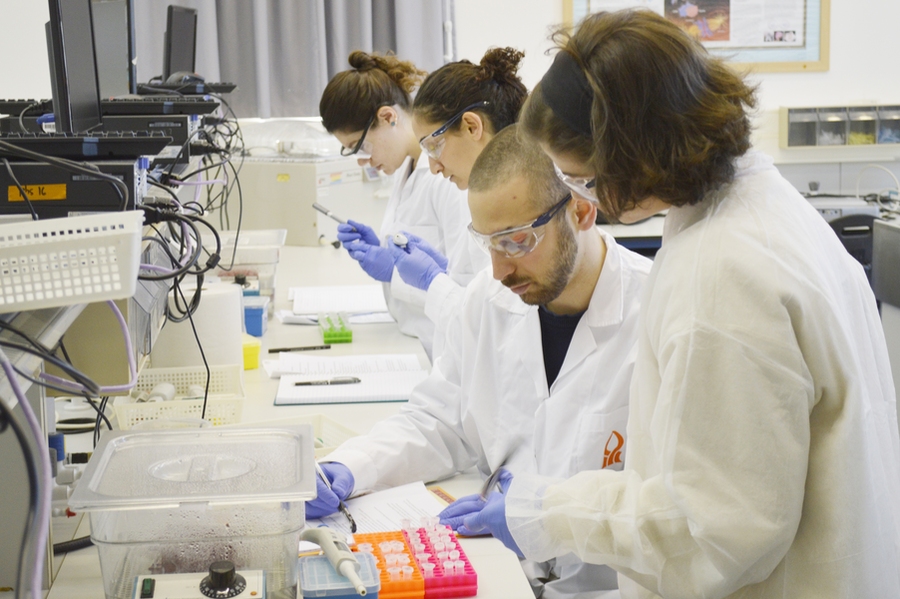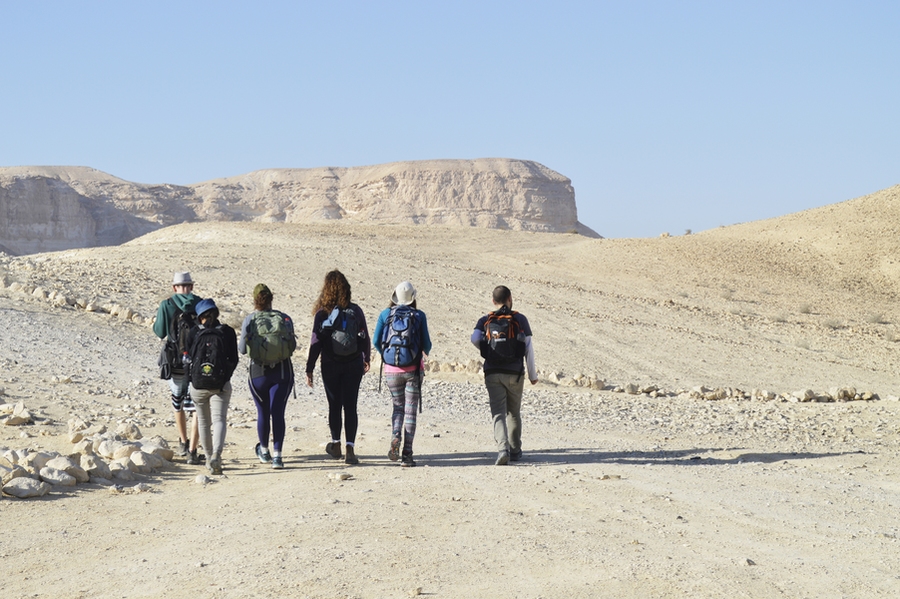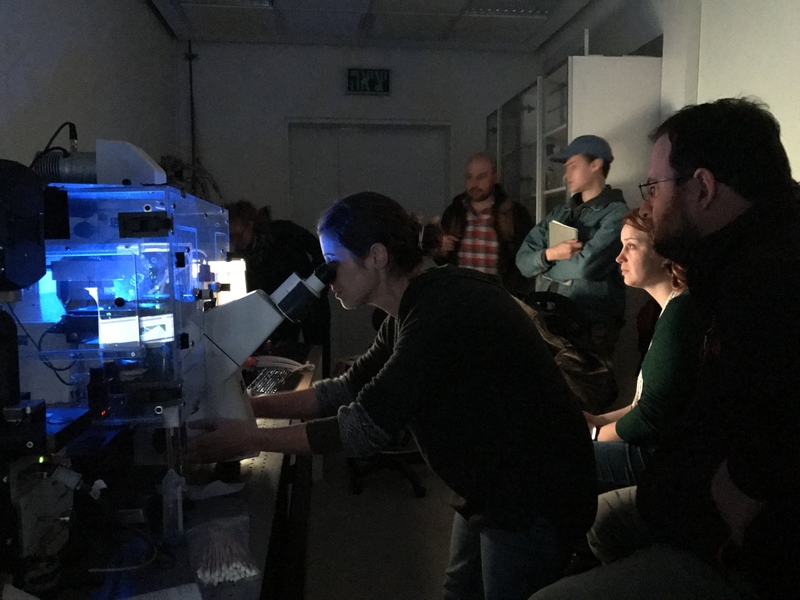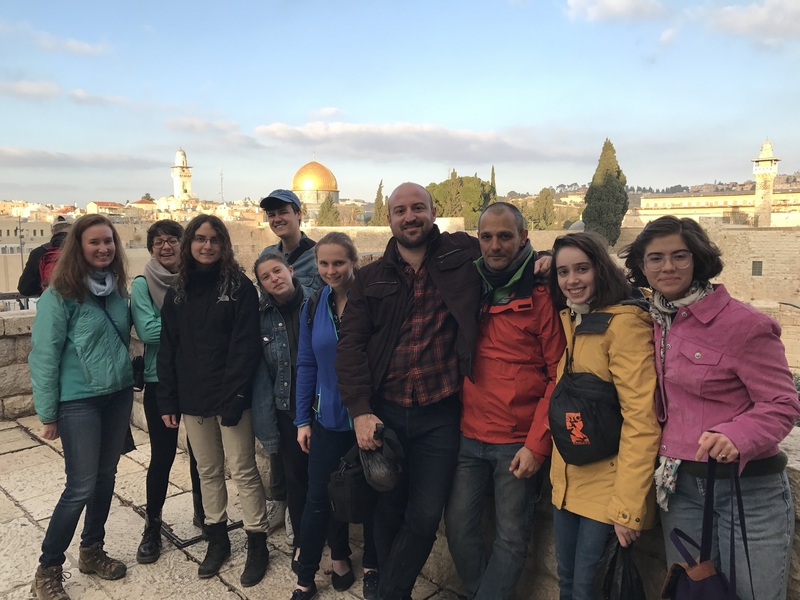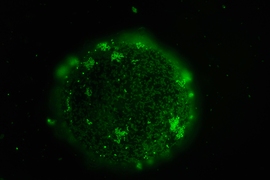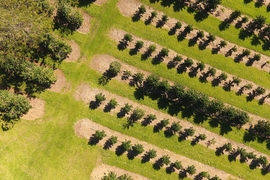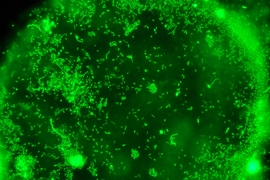The ability of animals to digest plant material is facilitated by tiny microbes in the gut that can break down complex carbohydrates. This dependency on microbes is most extreme in herbivores such as cows, which have developed a symbiotic relationship with their gut microbes. Cow microbiomes — the assemblage of microbes that inhabit their digestive system — have tremendous importance for agriculture, as they mediate the conversion of solar energy, stored in plant tissues, into animal protein consumed by humans across the globe.
Engineering these microbial communities to increase the efficiency of the plant-to-biomass conversion pipeline is thus a major challenge for microbiologists and engineers, and one that puts to test the still-limited understanding of how to control complex ecological systems such as gut-associated microbiomes.
A new special subject, 1.S992 (Agricultural Microbial Ecology) from the Department of Civil and Environmental Engineering (CEE), took a group of undergraduate students to Israel over MIT’s Independent Activities Period to learn the cutting-edge techniques and methods used to study these microbial communities, and to explore the frontier of microbiome engineering alongside graduate students from Ben-Gurion University of the Negev (BGU).
“Professor Itzhak Mizrahi [of BGU] studies the cow rumen [one chamber of a cow stomach], and at MIT we study the ocean, but we are fundamentally studying processes that are very similar. We both study microbes degrading complex materials; in the ocean it’s algal cell walls, and in the rumen it’s plant fibers,” explains CEE assistant professor Otto X. Cordero, a microbiologist who studies micro-scale ecology and who led the special subject with Mizrahi. “The goal of the class is to learn how to explore the problem of how to rationally design a microbial consortium. What this means is we are trying to understand, for different species and organisms, what compounds are produced when they degrade one resource and how other organisms can utilize those compounds. We want to learn how to predict the functioning of an interconnected metabolic system.”
To help with their research, Cordero and Mizrahi enlisted the help of students from their respective universities. For two weeks, MIT students worked with students from BGU to reverse-engineer microbial communities that inhabit the cow rumen. It is in the rumen that microbial communities have the special ability to break down recalcitrant plant materials and turn them into energy. The students thus designed different microbial ecosystems that could potentially be transplanted into an animal to make it degrade plant material more efficiently — a feature with considerable agricultural benefits.
“By seeking to understand the collective functions of the microbial system and interactions within communities, we are trying to determine the factors that control the function and efficiency of the cow rumen,” Cordero explains. “For example, we could determine how much of the excreted product goes to biomass, the animal’s weight, versus going to gases such as methane, a potent greenhouse gas.”
Agricultural Microbial Ecology was designed to be a hands-on, lab-based program to give students a more complete understanding of the technology and methods used to analyze the microbiomes and to expose students to a new way of thinking about microbial communities.
“We specifically aimed to provide the students with conceptual and technical understanding of how microbes, which are the building blocks of the microbiome, could be isolated from their environments, studied for their characteristics, and reassembled again in a desired manner,” Mizrahi explains.
In the lab, the students analyzed the preferred resources and excretion products of more than 30 different relevant species from the rumen and human gut. Using this information, the students designed communities that could consume certain resources and convert them into desired compounds, while minimizing the production of others.
“We got to learn how to assemble a microbial community from the bottom up, and while it's certainly fast-paced, it was really cool to be able to experience every step of the process and have ownership over almost every aspect of our microbial communities at the end,” says Mikayla Murphy, a CEE senior who participated in the class.
At BGU, the students used cutting-edge tools and techniques, including advanced microscopy that allowed the students to take images of the microbes, gas chromatrography-mass spectrometry to identify the metabolites produced by rumen microbes, as well as genomics to predict the presence of various metabolic pathways.
These efforts provide insight into how these microbial communities can be manipulated. Biotechnology companies are trying to do similar work, but many are essentially mixing communities at random, Cordero explains. “The challenge is to understand the logic behind these processes,” he says.
After two weeks in Israel, the students bonded inside and outside of the lab. “It was amazing to see how science can make students from different backgrounds and cultures engaged towards a specific goal,” Mizrahi says.
In addition to experiencing Israeli culture and college life, the groups from MIT and BGU also took advantage of local attractions and historical sites. During the weekends, the students embarked on adventures like visiting and swimming (and floating) in the Dead Sea, hiking in the desert in the Negev region of Southern Israel, and spending time in Jerusalem.
“My biggest takeaway [from the subject] is that knowledge of microbial ecology can be a really powerful tool, and thus it will probably be an important field of study for many years to come,” Murphy says. “Although microbes are small, they have a large impact on a lot of our biggest problems, such as climate change and food production.”
The subject was made possible in part by MIT International Science and Technology Initiatives, the National Science Foundation, the United States-Israel Binational Science Foundation, and the United States–Israel Binational Science Foundation.
